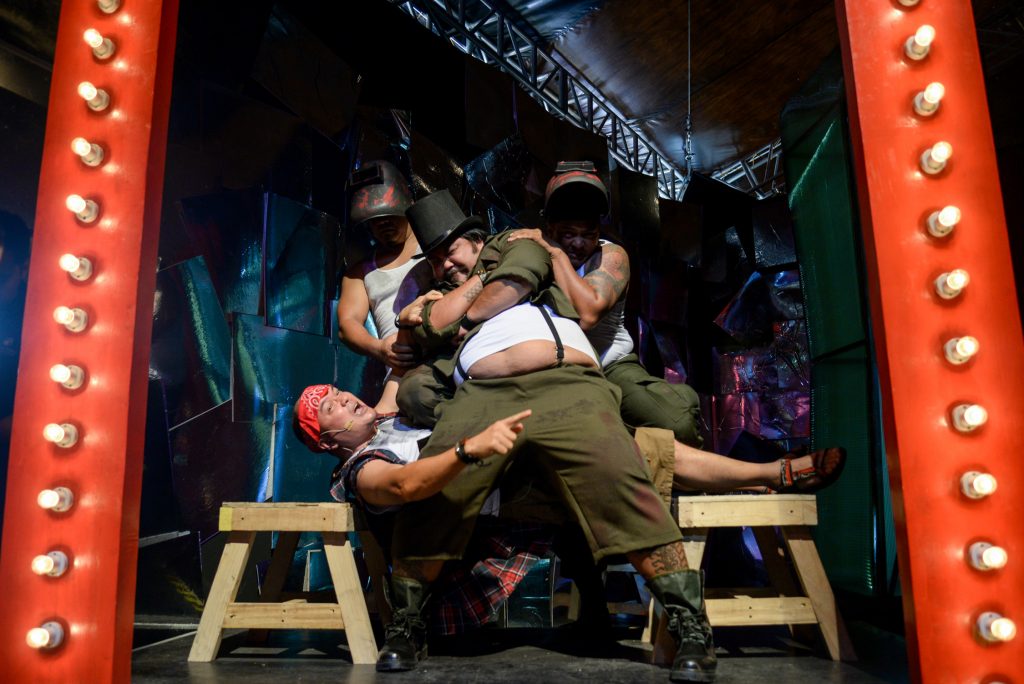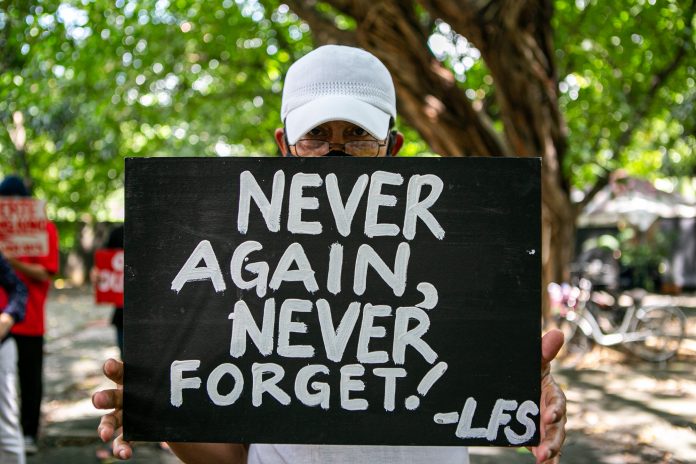Today, September 21, we mark the 48th anniversary of the declaration of martial law by the Marcos regime in 1972.
It’s been nearly half a century since the imposition of strongman rule in our country. With martial law, Ferdinand Marcos abolished Congress, rounded up many of his political opponents, shut down media critical of his regime, and presided over the plunder of the national treasury by his family and cronies for 14 long years until his downfall in February 1986 through the People Power revolt at EDSA that restored Philippine democracy.
I was a student of Political Science at the University of the Philippines and already involved in organizing work among youth and students since 1970 when I was picked up on June 13, 1973, by elements of the 5th Constabulary Security Unit (CSU) and the National Intelligence and Security Authority (NISA) on the basis of an Arrest, Search and Seizure Order (ASSO) issued by the Secretary of National Defense for alleged violation of Republic Act No. 1700, or the Anti-Subversion Law.
I was arrested at our family residence in Quezon City at around 8 in the evening. The arresting unit composed of about a dozen Philippine Constabulary and NISA operatives ransacked my room and carted away various books, documents and two typewriters. They interrogated me on the whereabouts of my older brother, Antonio, who was the Secretary General of the radical Samahang Demokratiko ng Kabataan (SDK) before the declaration of martial law in September 1972.
The raid on our family residence lasted for about two to three hours. Afterwards, I was brought to the CSU headquarters at Camp Crame. Upon arrival at the CSU office, I was interrogated by Lt. Rodolfo Aguinaldo, who had by then gained a notoriety of sorts as a torturer of detained activists. He repeatedly asked where my brother Antonio was hiding. When I replied that I did not know his whereabouts, I was repeatedly pummeled with blows to the head and body by the military officer.
During the first few days of my confinement at CSU, other military officers took turns interrogating me about the whereabouts of Antonio and other leaders of the underground. When I told them that I really did not know they were in hiding, I was subjected to severe torture—fist blows to the head and abdomen and kicks to the body—which left me in extreme pain for days thereafter.
At one point, I was brought to the NISA office near East Avenue in Quezon City where other intelligence operatives again subjected me to intensive grilling and torture so that I would give them information about the underground movement.
I was kept inside a small detention cell at CSU for about 10 days along with others arrested for alleged subversion. The whole time, military men kept asking me to give them information on the promise that they would have me released forthwith if I cooperated with them.

After the harrowing experience of torture, both physical and psychological, in the hands of the military, I was transferred to the maximum-security Youth Rehabilitation Center at Fort Bonifacio towards the end of June 1973. I was immediately kept in a bartolina or isolation cell where I spent another 10 days before being transferred to a cell block that held about 40 to 50 other political prisoners. All in all, there may have been around 150 political prisoners—euphemistically called “Public Order Violators” (POVs)—in YRC at the time.
I spent a total of 18 months or one-and-a-half years in prison without having been formally charged in any court, whether civilian or military.
I was set free in December 1974 as part of a mass release of political prisoners apparently designed to show the Marcos regime’s magnanimity as part of preparations for the forthcoming visit of Pope Paul VI to the Philippines the next year.
While many of the political prisoners were arrested for alleged violation of the Anti-Subversion Law, few were actually subjected to formal court proceedings. Thus, I consider my arrest and torture and subsequent prolonged detention as arbitrary and therefore illegal.
My arrest and detention on flimsy charges of taking part in underground activities—a charge which was never proven by the martial law government—prevented me from completing my studies in four years and from obtaining gainful employment afterwards to support my family financially.
After my release from detention in 1974, I was ordered to regularly report to my arresting unit at Camp Crame, first on a weekly and later on a monthly basis. I religiously complied with this condition for my release to avoid re-arrest or any form of harassment or intimidation by the military even as I resumed my studies.
Some 10,000 or so former political detainees filed a class suit against the Marcos estate before a Hawaii court after 1986,. They were able to obtain a favorable ruling a few years later, but Philippine courts refused to recognize this. Nevertheless, Congress later approved the establishment of a Human Rights Violations Claims Board that provided compensation for human rights victims during the martial law era.
As a victim of arbitrary arrest, torture and prolonged detention without formal charges during the martial law period along with an estimated 30,000 other Filipinos, I believe that the nation should resolutely oppose any move to return to tyranny and one-man rule and uphold the protection of human rights as an indispensable part of our democratic system.
Ernesto M. Hilario writes on political and social justice issues for various publications in the Philippines. The views and opinions expressed in this article are those of the author and do not necessarily reflect the official editorial position of LiCAS.news.









